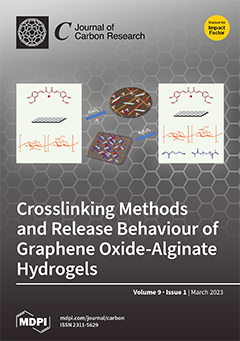Microalgae carbon dioxide (CO
2) fixation technology is among the effective ways of environmental protection and resource utilization, which can be combined with treatment of wastewater and flue gas, preparation of biofuels and other technologies, with high economic benefits. However, in industrial
[...] Read more.
Microalgae carbon dioxide (CO
2) fixation technology is among the effective ways of environmental protection and resource utilization, which can be combined with treatment of wastewater and flue gas, preparation of biofuels and other technologies, with high economic benefits. However, in industrial application, microalgae still have problems such as poor photosynthetic efficiency, high input cost and large capital investment. The technology of microalgae energy development and resource utilization needs to be further studied. Therefore, this work reviewed the mechanism of CO
2 fixation in microalgae. Improving the carbon sequestration capacity of microalgae by adjusting the parameters of their growth conditions (e.g., light, temperature, pH, nutrient elements, and CO
2 concentration) was briefly discussed. The strategies of random mutagenesis, adaptive laboratory evolution and genetic engineering were evaluated to screen microalgae with a high growth rate, strong tolerance, high CO
2 fixation efficiency and biomass. In addition, in order to better realize the industrialization of microalgae CO
2 fixation technology, the feasibility of combining flue gas and wastewater treatment and utilizing high-value-added products was analyzed. Considering the current challenges of microalgae CO
2 fixation technology, the application of microalgae CO
2 fixation technology in the above aspects is expected to establish a more optimized mechanism of microalgae carbon sequestration in the future. At the same time, it provides a solid foundation and a favorable basis for fully implementing sustainable development, steadily promoting the carbon peak and carbon neutrality, and realizing clean, green, low-carbon and efficient utilization of energy.
Full article





